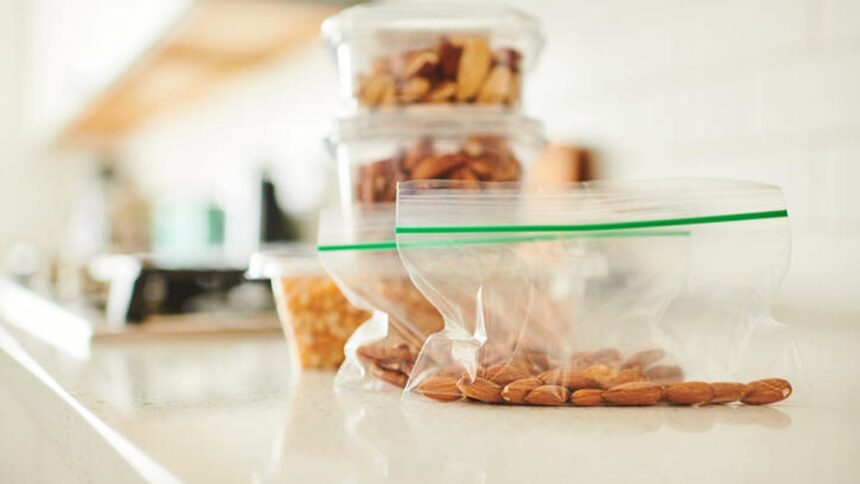I have a box of Ziploc bags in my cabinet, and I am looking at them in a completely different way now than SC Johnson, the Ziploc manufacturer, faces a collective claim. The demand says that the marketing that Ziploc storage bags are “suitable for the use of freezer” and “microwave safe” is poor because the bags are made of polyethyhilene and polypropylene. It is known that these types of plastics release microplastics in food when exposed to extreme temperatures, something that is not mentioned in the Ziploc packaging.
“Repeated exposure to extreme, cold or hot temperatures, emphasizes plastic materials and can lead to the decomposition of its superficial layers, releasing small parts of plastic in food,” said Brad Younggren of health circulation.
When microwaves in plastic, heat accelerates how many microplastics are leaked in food. “Similarly, freezing and defrost cycles can cause a structural decrease that also encourages microplastic release, not very different from how freezing temperatures crack the pavement in winter,” said Younggren.
According to the demand, Ziploc bags are “fundamentally not suitable” to be used in the way they are announced.
The average person takes between 39,000 and 52,000 microplastic games every year, and that number increases to 120000 when the parts are taken into account. There is no level of “safe” or “insecure” microplastic consumption established, so it is important to know where microplastics come from and how to reduce entry.
What is the deal with microplastics?
Microplastics have long been a conversation issue, mainly because they are important environmental pollutants. But these small plastic fragments not only negatively affect the earth; They also have enhanceable impacts on health. Some days, it seems that we are regularly discovering a surprisingly high amount of microplastics that lurk in our bodies. Scientists recently found the value of microplastics of a spoon in corpses brains.
While food and drug administration of the United States says that scientific evidence does not suggest that the amount of microplastics in food is a risk to our health, not all doctors are convinced. The microplastics located in the blood vessels have been related to a higher risk of heart attack and stroke. Research has also found tissue inflammation, cell death and lung and liver impacts due to microplastics. That said, there are still many that we do not know about the effects of microplastics.
What we do know is that microplastics are everywhere. They are in the burnt plastic spoon that should have thrown years ago or the food wrapped in plastic in the grocery store. However, it’s not just how we package our food. Microplastics can enter our food through soil and water pollution where they are grown.
Since microplastics touch so many areas of our lives (I mentioned that they are also found in the synthetic fibers of our clothes?), You can feel challenge to overcome them completely. While there is no microplastic level or established microplastic consumption established, most of us want to minimize our contact with the subject as much as possible.
How can I limit my microplastic use?
The best way to limit the consumption of microplastics of your family is to minimize its use of plastic in the kitchen. Remember, microplastics are not only in plastic bags.
Top Microplastics plates stalks in your kitchen:
- Antiatant kitchen utensils
- Plastic cooking utensils
- Tea bags
- Plastic straws
- Canned food
- Plastic cutting boards
Therefore, you must stop using Ziploc bags to freeze and microwave your food. But where does that leave you? Younggren suggested opting for non -plastic alternatives when I can.
“We recommend microwave suitable glass containers as safer options,” said Younggren. Glass containers are more stable under temperature stress, so the risk of microplastic contamination is lower.
There are things that can do beyond changing the way you store your food. You can opt for wood cutting boards instead of plastic, or use loose tea leaves or cook in cast iron. Probable will be surprised how much plastic is in your kitchen. A good general rule when cooking is to observe how your food comes into contact with plastic. It is difficult to cut it completely from his life, he thought that any progress that can reduce his microplastic intake.




